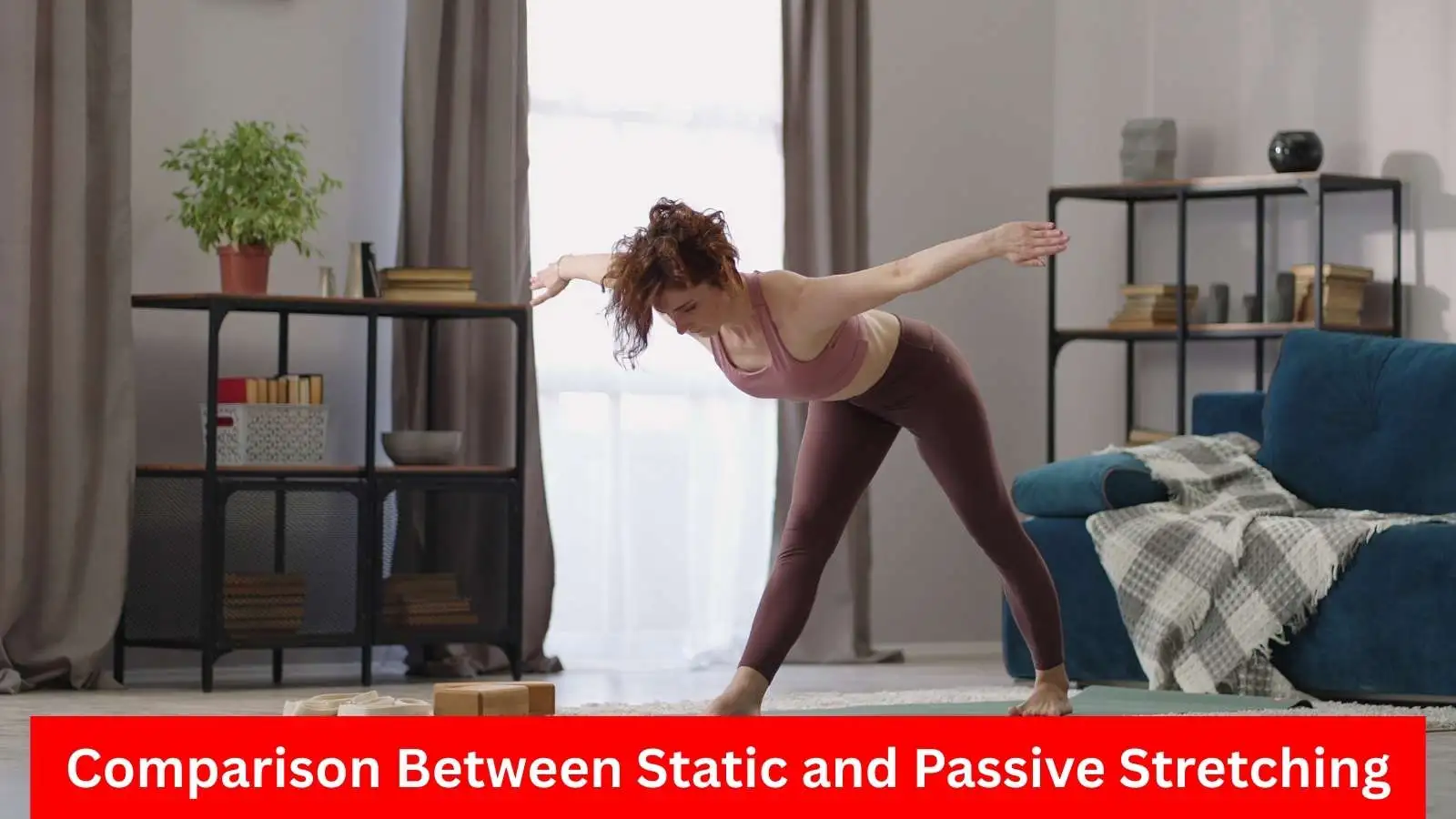Static and passive stretching can be described as two commonly used kinds of stretch that people who exercise frequently examine to determine which will best suit their needs. Stretching is an essential part of any fitness program which can bring many benefits, including increased flexibility, a lower risk of injury, and enhanced performance. This article will explore the differences between the two kinds of stretching. We’ll help you to choose which one will best suit your fitness goals. striving to reach.
What is static stretching?
Static stretching is the practice of the stretching process for a time period generally within 20 and 30 minutes. The technique can be practiced prior to or following exercise. It tends to improve flexibility, relieving muscle tension and preventing injuries. Most static stretches are stretching the hamstrings, quads and shoulders.
Tips:
- Timing: Add static stretching into your routine of cool-down after exercise to assist in the recovery of your muscles and improve flexibility.
- Duration: The stretch should be held for 15-30 seconds. Repeat 2 to 4 times for maximum benefit.
What is Passive Stretching?
Active stretching, on the other hand, requires an external force, such as a partner, stretch device or gravity, to help you achieve the greatest stretch. Similar to static stretching, it can be practiced both before and after exercising. It is particularly beneficial to increase flexibility and flexibility. Examples of passive stretching include assisted hamstring stretching as well as quad stretches that require the assistance of a partner and shoulder stretching using stretch straps.
Tips:
- Professional Instruction: Perform the active stretching under the guidance of a professional who is trained or a qualified team member to assure safety and efficiency.
- Listen to your body: Pay attention to your body’s signals Don’t push beyond your comfortable limits to avoid overstretching and injury.
Key Differences Between Static and Passive Stretching
Understanding the distinctions between static and passive stretching can help tailor your flexibility routine to your needs.
| Aspect | Static Stretching | Passive Stretching |
| Mechanism | Hold the stretch independently for a set duration. | Uses an external force (partner or device) to assist in the stretch. |
| Intensity | Generally moderate and controlled by the individual. | Can be more intense, as external assistance allows for deeper stretches. |
| Safety | Generally safe for most people. | Should be done under professional guidance or with a partner to prevent injury. |
| Purpose | Primarily improves flexibility and reduces muscle tension. | Focuses on increasing range of motion and flexibility, often used for performance enhancement. |
| Duration | Hold for 20-30 seconds. | Can vary based on the external assistance used. |
| Best For | General flexibility improvement and tension relief. | Athletes or individuals seeking enhanced flexibility and range of motion. |
Which Stretching Method is Right for You?
Whether to do static or passive stretching primarily hinges on an individual’s fitness goals and preferences. If relieving muscle tension, maintaining fitness, or improving flexibility is a goal, then static stretching will most certainly work. However, for those who are dancers or athletes looking to take their performance to a professional level, heightened range of motion and more flexible joints make passive stretching the better option.
Injury level, medical conditions, and current fitness level also need to be taken into consideration when making a decision. Those who have not exercised in a long time or have some health problem require the opinion of a healthcare professional to undergo a new stretching plan.
Final Thoughts
Both passive and static stretching are effective ways of improving flexibility, decreasing muscle tension and increasing performance. If you know the difference between these two methods and, looking at your fitness goals, you can select the best stretching method for your workout routine. Always make sure to consult with an expert in your medical field prior to beginning any new exercise routine to make sure it’s appropriate for your physique.
Frequently Asked Questions (FAQs):
Is static stretching beneficial for exercise warm-up routines?
Even though static stretching improves the body’s flexibility, it may not be the best approach when used as a warm-up exercise. Studies show that static stretching before engaging in power- or strength-demanding activities tends to hinder performance temporarily. It is recommended to use dynamic stretching to warm up muscles more effectively.
Do passive stretch aides improve mobility for those who lack movement?
Indeed, passive stretching is one of the most beneficial exercises for individuals who have movement and flexibility restrictions. It allows the muscles to be stretched with the aid of an external agent, such as a device or a person, making it easier for those who struggle with active stretching.
How many times do I need to add static or passive stretching within my exercise routine?
As with any exercise, properly static or passive stretching also has to be done with frequency suited to the difference in one’s motory needs. Laying out stretching goals can be achieved by incorporating static or passive stretching for 2-3 hours every week. If a person tries to work on increasing the range or treating specific muscles, additional sessions might be useful. Always pay attention to bodily signs and avoid overstretching.
Is there any form of danger while performing passive stretching?
Passive stretches target specific sets of muscles. However, overstretching muscles can be a risk, especially with improper application of stretching methods. Stretches should be done with applied forces having to be controlled and within the elastic limit scope. It’s wise to consult a professional or trained personnel if not experienced with workouts.







